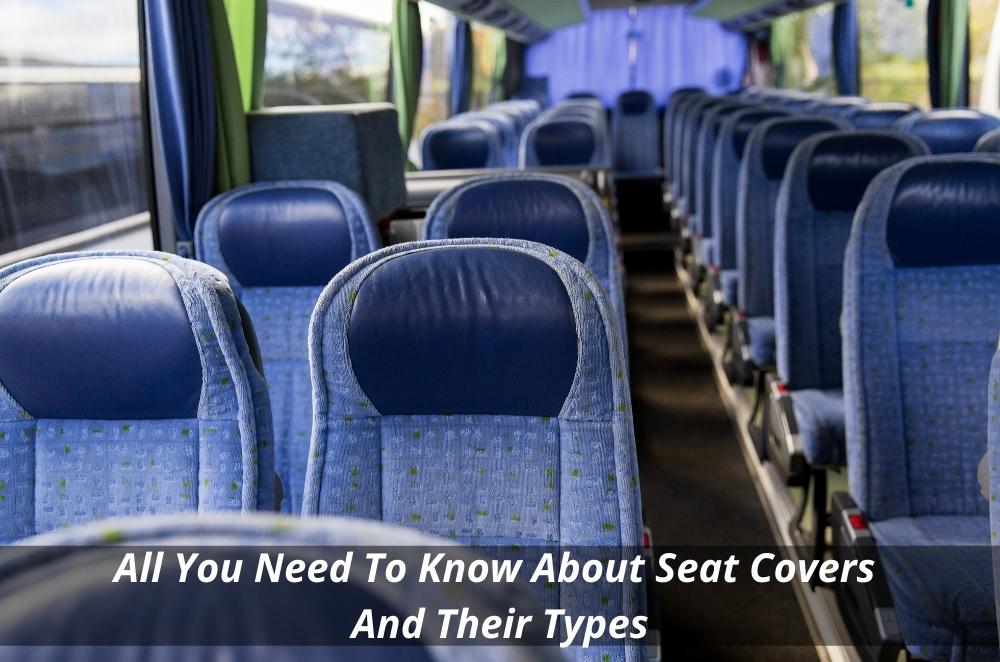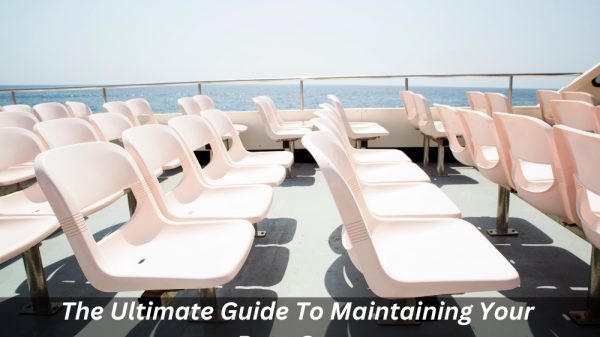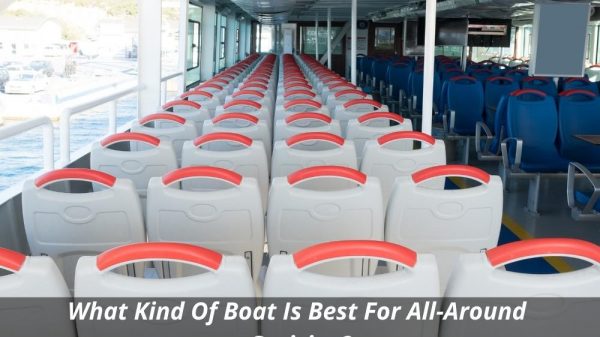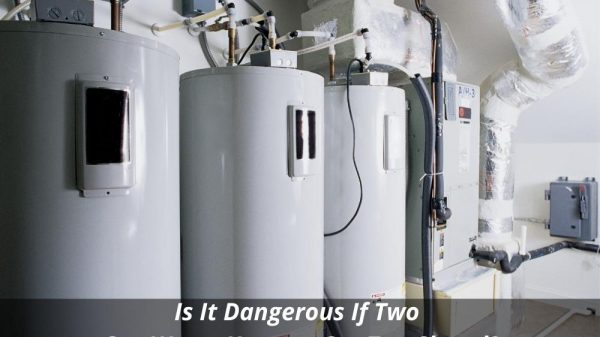Seat covers come in various forms – leather, vinyl, fabric, canvas and even wood. Each type has its advantages and disadvantages.
What about options such as customisation? Is it possible to match the seat in the bus with the interior colour of your van bus seats?
This guide aims to answer all these questions for the layman who wants a quality seat cover that will last.
The term ‘cover’ usually refers to the outer covering of a vehicle’s seating area. Most seat covers are either removable or washable. They also vary according to their seats to suit, material, design, and fitment.
The following is an analysis of what each type offers and how they compare. We have included the pros and cons of each, along with some examples of where you might find them on the road.
- Leather
Pros: Leather is durable, easy to clean and maintain, does not crack or split easily, can be stain resistant, waterproof, comfortable, and looks great.
Cons: It takes time to make due to the complex process involved, may be expensive (depending on the material used), is prone to scuffing when sat upon, often requires a professional fitting, and comes off if not properly installed.
- Canvas
Pros: Canvas is very lightweight, can be easily cleaned and maintained, and makes a good choice for those who want something lightweight yet still looks nice.
Cons: Does not offer much protection from wear and tear, can scratch easily, is difficult to install, needs cleaning regularly, and may require re-upholstering at some point in its life.
- Fabric
Pros: Fabric is one of the most versatile types – it can be made into many different shapes, sizes and colours.
Cons: Fabric is usually more affordable than other types, but may crease after a while. Not suitable for all climates, can be noisy, and hard to keep clean.
- Vinyl
Pros: Very strong, holds up well against weather conditions, won’t fade over time, doesn’t show dirt, scratches less easily than fabric, relatively inexpensive, and can be cut to almost any shape.
Cons: It Will discolour over time if exposed to sunlight, can crack or peel, and can’t be completely waterproofed.
- Wood
Pros: Wood can be formed into almost anything, can be stained to your desired colour, protects against UV damage and heat, is extremely durable, and gives the best single-seat experience of all the types available.
Cons: Difficult to wash, can take years to grow fully mature and requires constant maintenance to stay looking new. May need replacement sooner than others.
Different types of Bus Seat
When it comes to bus seats, there are plenty of options for you. You can buy a normal seat or one with extra features like leg rests. There’s also the option of buying an armrest and backrest or even a reclining seat that provides more comfort.
The following types of bus seats are available in the market today and they vary depending on their features.
- Standard Seats: This is the most basic type of bus seat which provide only seating space. They come without any extra features like armrests, backrests, etc. These can be found in standard-size buses as well as minibuses.
- Armrest Seats: The armrests are attached directly to the front bar. The backrest can either be fixed or adjustable. Adjustable ones allow you to move it in two directions so that you can get maximum comfort. Fixed ones don’t come with this feature. Some models can fold out to create an additional seating area. An example of such seats is the one in the image below.
- Back Rest Seats: The backrests are designed to support the lumbar region of the spine with a seat belt. Depending on the design and style, these can either be stationary or movable. A mobile backrest allows you to bend forward or backward as required.
- Reclining Seats: Reclining seats are similar to those used in cars. They consist of a frame and mesh covering. In addition, they provide maximum comfort by moving the backrest toward the head rest. This action helps relieve pressure from the spinal column. Reclining seats are often found in coaches and minibuses. However, smaller buses and coaches tend to use pull-down stools instead.
- Combination Seats: When it comes to combination seats, there are three main types. The first one is an armchair plus a rear seat where both armrests and backrests are connected. The second combines a backrest and footrest into a single unit while the third consists of a simple frame supporting just the backrest.
- Pull-Down Stools: Pull-down stool seating is usually provided at the rear end of the coach or bus. It provides a comfortable place for passengers seat to sit when boarding or alighting. Most of them are equipped with wheels and can be folded away easily for easy access.
- Swivel Chairs: For long journeys, swivel chairs provide maximum comfort. They are a good choice for people who travel frequently because they allow for freedom of movement. They can be moved hand side or backwards quickly making it easier to reach the door. Some include footrests too.
- Lazy boy seats: These are popular among young travellers as they offer a lot of flexibility. They can be arranged anywhere, including at the front of the coach. As a result, they become excellent lounges especially if you want to enjoy watching movies or playing games. They can be placed under tables or along walls.
Buying a seat cover might seem like a daunting task. But once you get started, you’ll find it quite easy to choose the right one for you. So whether you’re looking for something durable, stylish or functional, you have no excuse for choosing anything else!












